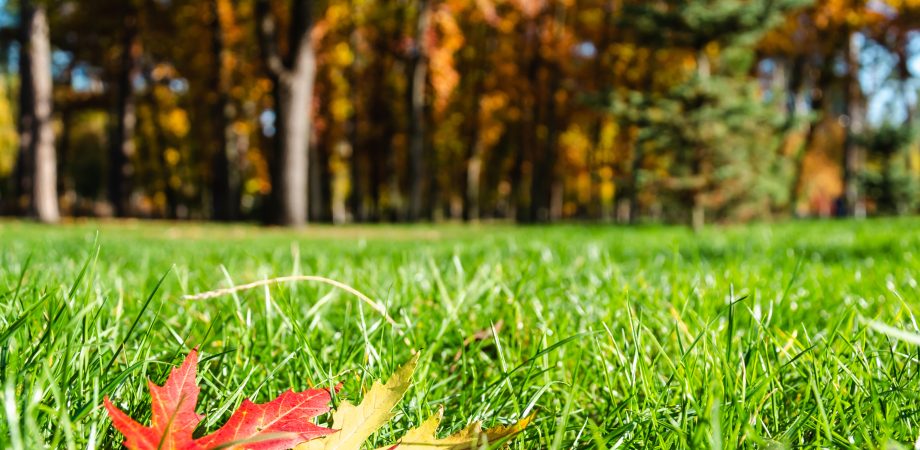FAQs About Fall Fertilization

When is the best time for fall fertilization?
The best time is when the grass is still green but no longer growing (putting on top growth). This typically happens after temperatures drop and the first frost occurs. Exact timing varies by year and geography. The goal is to target the fertilizer application to the root system. If the shoots are still active, the energy can be consumed and not supplied to the root system.
When should I stop fertilizing warm-season grasses (like zoysia and bermudagrass) in the transition zone?
For well-maintained turf, it’s best to make the last nitrogen application four to eight weeks before the first frost. You want to avoid an extra lush plant going into the first hard frost. Reduce nitrogen and incorporate potassium and calcium for your final applications to help “harden off” the plant.
What type of fertilizer should I use for fall applications?
Your ATS rep is the best person to make recommendations specific to your geography. Early fall typically coincides with aeration and seeding, requiring a starter analysis like 16-28-12 with Foliar-Pak Armament. When selecting a starter fertilizer, look for something with slow-release nitrogen to maximize feeding as opposed to old-school 12-12-12 types, which don’t last long in the soil. If you’re not seeding, an excellent all-purpose analysis with slow-release, such as 22-0-4 with Armament, is a great recovery fertilizer. Some other good Armament-enhanced fertilizer options for late summer are 22-3-11 and 30-0-6.
What is the ideal winterizer fertilizer to apply?
High-nitrogen fertilizers like 46-0-0 or 34-0-4 are popular. These fertilizers don’t have any stabilization or slow-release capability. They are intended to be delivered directly to the root system. Again, consult with your ATS rep to find what will work best in your area.
Is there a granular weed-and-feed product that I can apply on the day of seeding?
Yes! While many of the herbicides used in lawn care have a three- to four-week seeding interval after application, mesotrione is a very effective broadleaf and grassy weed herbicide that can be applied immediately before, the day of, or even after seeding. It is available on a granular starter fertilizer (21-22-4) or for spray application as ArmorTech Trione. Trione will cause weeds to bleach white, then turn brown and die. Any weeds not fully controlled with one application will be stunted enough to give the new seed a competitive edge and maximum grow-in potential.
What are the benefits of fall fertilization?
Fall fertilization promotes a dark green color into the winter and increases turf density, especially after fall aeration. Fertilizer applications contribute to a deep root system that can build nutrient and carbohydrate storage for the winter months. This energy storage helps the turf “wake up” from winter dormancy in the spring, leading to faster green-up without the typical amount of surge growth.
Since cool-season turf develops roots into the milder winter months, fall fertilization supplies the energy it needs for this process. The more developed its root system, the less susceptible the plant is to stressors like drought, heat, disease, and pests. Ultimately, fall fertilization helps the plant survive winter and prepares it for a strong start to spring.







